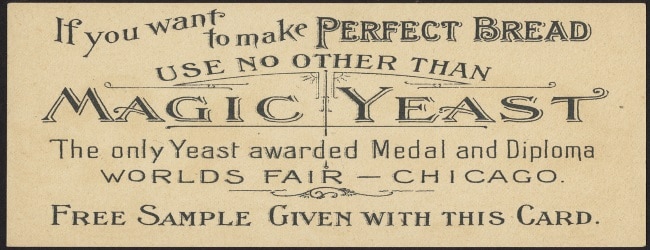In her article How to Get Perfect Protein Transfer in Western Blotting, Emily Crow recommends Coomassie staining your gel after transfer to the membrane to check the quality of the transfer. A good transfer should not leave behind proteins and PVDF membrane, stained by 0.1% Ponceau S in 5% phosphoric acid and destained with water should show uniform bands of mostly ribosomal proteins.
But what if you stain a gel first, and then want to use it for Western blot? Can it be done? If you transfer a Coomassie-stained gel to a membrane, you will see that the proteins transfer fine (by monitoring transfer of the prestained protein ladder), but will the Coomassie-stained proteins react with antibodies?
The answer is yes: western blotting Coomassie-stained proteins can be done, but it’s not a simple or efficient process. As you know, there are two types of Coomassie stains – “classical” and “colloidal”. Proteins stained by one of these two methods will behave differently if you try to blot them afterwards.
Classical
The classical Coomassie treatment involves incubating the gel in a mix of 40% methanol and 10% acetic acid (the solvent for the Coomassie stain), which should, theoretically, interfere with transfer.
However, there is one report (1) that western blot of gels stained with this method is difficult, but not impossible. The authors used a nitrocellulose membrane and recommend increasing the transfer time 3 fold and the exposure time by 3.5-fold. However, even an increased transfer time did not result in complete transfer of the proteins, and the signal was weaker. The authors observed transfer of 25% of the protein bound to the membrane.
Colloidal
In theory, transfer of proteins from a gel stained with colloidal Coomassie stains should be even easier, because it stains only proteins and doesn’t require destain. I tested this hypothesis recently using a gel that had been freshly stained with InstantBlue. I increased a wet-blot transfer time 1.5 times, but otherwise followed the usual Western blot protocol and got a reasonable result: my protein, which I could not see on the stained gel, was easily detectable using my usual peroxidase-conjugated secondary antibody and an X-ray film detection system. Overall, the amount of time it took was comparable to doing a Western on a bog-standard non-stained gel.
So, to summarize, it is possible to Western blot Coomassie-stained proteins, but I would only recommend trying this if you used a colloidal stain.
Do you have any experience in blotting from non-Coomassie stained gels?
Reference:
(1) Velvizhi Ranganathan, Prabir K. De. Western Blot of Proteins from Coomassie-Stained Polyacrylamide Gels. Analytical Biochemistry V 234 (1), 1996, pp. 102–104






